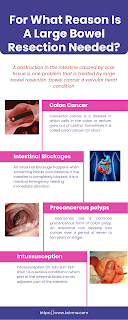Pes Cavus VA Rating And Secondary Conditions Associated With It
.jpg)
A claw foot is a type of human foot in which the sole is noticeably deflated when carrying weight. A high arch is a subtle change to a flat foot and is much less common. Pes cavus is a foot misshape characterized by a tall arch that does not straighten with weight bearing; the deformation can occur in the forefoot, midfoot, rearfoot, or a combination of any of these targets. What Are The Symptoms Of Pes Cavus? Claw feet have problems - though not in general - finding shoes that fit and may need help from their point of view. Teens with high arches and mobility issues can wear custom insoles that are accessible and made to order in various sizes. Feet repeatedly report foot pain, leading to a severe performance reduction. The objections described in the article include metatarsalgia, pain under the central metatarsal, plantar fasciitis, painful calluses, and lower leg osteoarthritis. Several different symptoms are considered to be defined by pes cavus. These include shoe fit...


